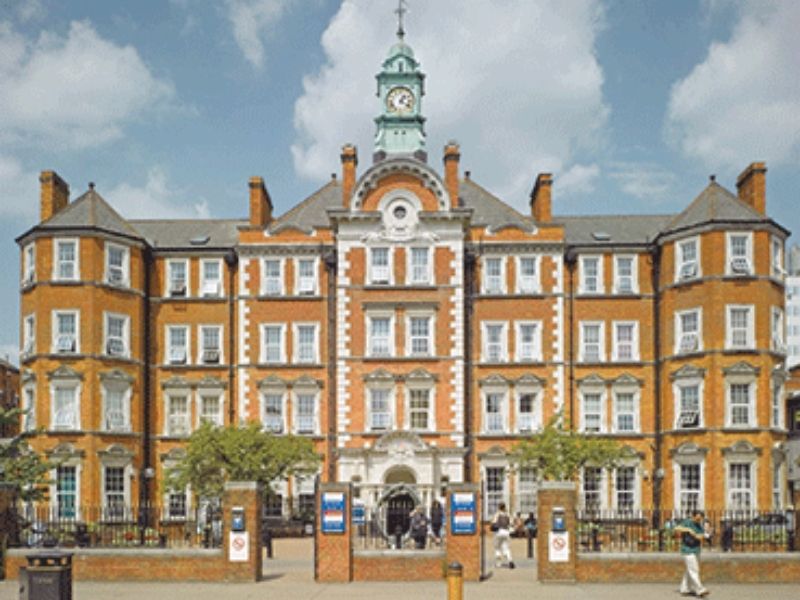This science and technology university (Imperial College London) is routinely ranked among the world’s Top 10 institutions by all major rating agencies – SUMMIYA YASMEEN Scattered across nine campuses in London, Imperial College (estb.1907) is routinely ranked among the world’s Top 10 universities for its high-quality academic programmes and research. Times Higher Education (THE) and Quacquarelli Symonds (QS) rank Imperial College London (ICL) #8 in their World University Rankings 2015, while the Sunday Times University Guide 2016 ranks it #3 in the UK. A science and technology university (it doesn’t offer arts and humanities programmes), UK’s latest Research Assessment Exercise (RAE) rates 91 percent of Imperial research as “world-leading” or “internationally excellent” — the highest rating of any varsity in the UK. Currently, Imperial college London offers undergrad, postgraduate and doctoral programmes in the faculties of medicine, engineering, natural sciences and business to 14,700 students from 125 countries around the world. Over the past 109 years, Imperial College London has contributed numerous cutting-edge innovations to society including discovery of penicillin, development of holography and the principles of fibre optics. Imperial College faculty and alumni include 14 Nobel laureates, two Fields medalists, 73 fellows of the Royal Society, 81 fellows of the Royal Academy of Engineering and 81 fellows of the Academy of Medical Sciences. Unsurprisingly, ICL graduates are highly sought after: the New York Times (2012) ranked ICL graduates among the Top 10 most-welcomed in the global job market. A member of the Russell Group of 24 research-intensive universities, Imperial College London was established in 1907 following the amalgamation of the Royal College of Science, the Royal School of Mines and the City & Guilds College. In its centenary year (2007), it became independent of the University of London and was awarded the status of a university in its own right. London. With a population of 8.5 million — of whom over 300,000 are students — London boasts some of the world’s best-known monuments, buildings, museums, galleries, sports clubs, restaurants, clubs, shopping centres and theatres. The nine campuses of Imperial College are scattered across London, and offer students easy access to museums, art galleries, the British Library, as well as the archives of numerous professional organisations. Moreover, ICL students are ideally located to network with globally respected corporates and employers for internships and job placements. There are also many part-time work opportunities in London for students needing to work while studying (international students are permitted to work 10-20 hours a week during term and full-time during vacations). Campus facilities. Imperial College London sprawls over nine campuses in Charing Cross, Chelsea and Westminster, Hammersmith, White City, North West London Hospitals, Royal Brompton, Silwood Park, South Kensington and St. Mary’s. The main South Kensington campus is a compact site in the heart of ‘Albertopolis’ which offers a range of architectural styles from the Edwardian Royal School of Mines building to the ultra-modern Norman Foster-designed Business School. There’s plenty of green space too, including a beautiful landscaped square, with the famous Queen’s Tower. Facilities in South Ken…
Imperial College London
